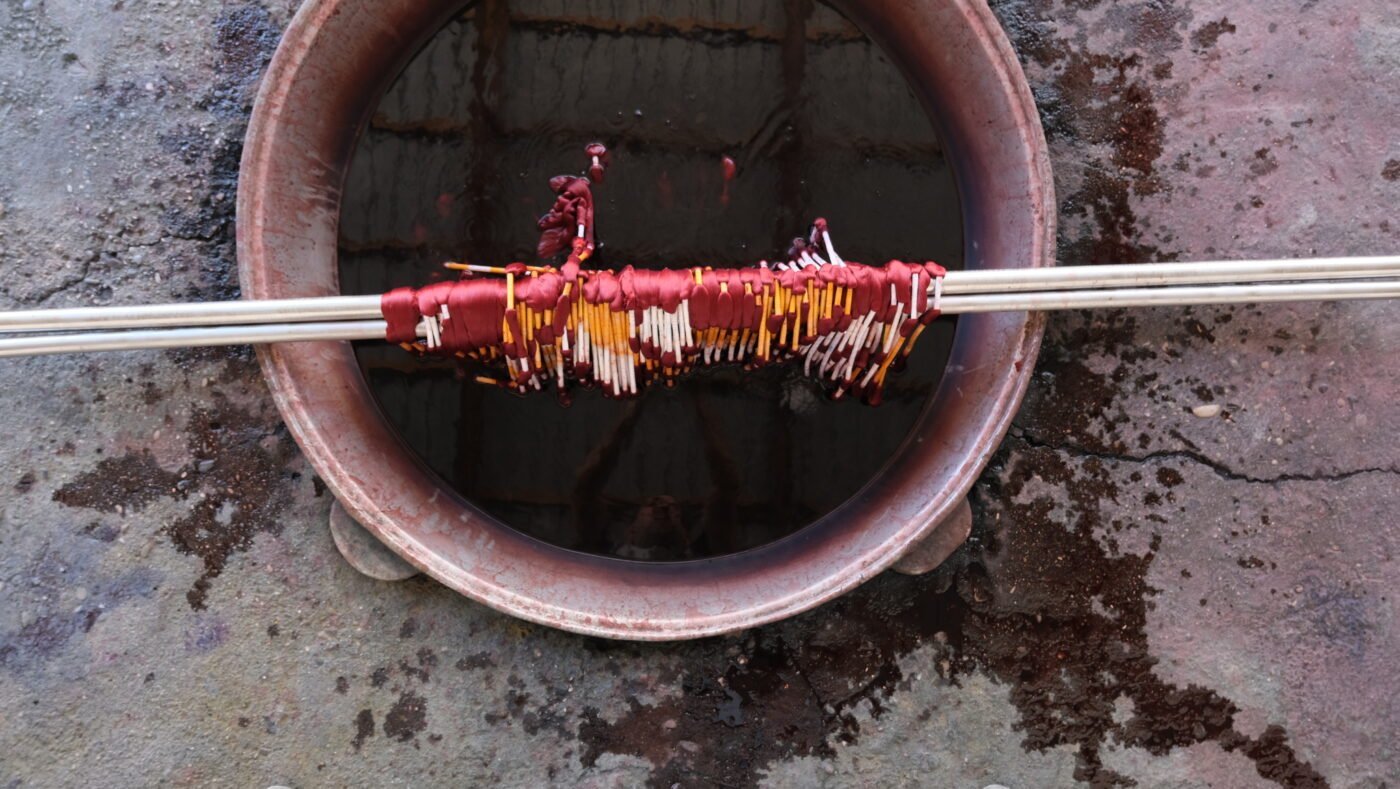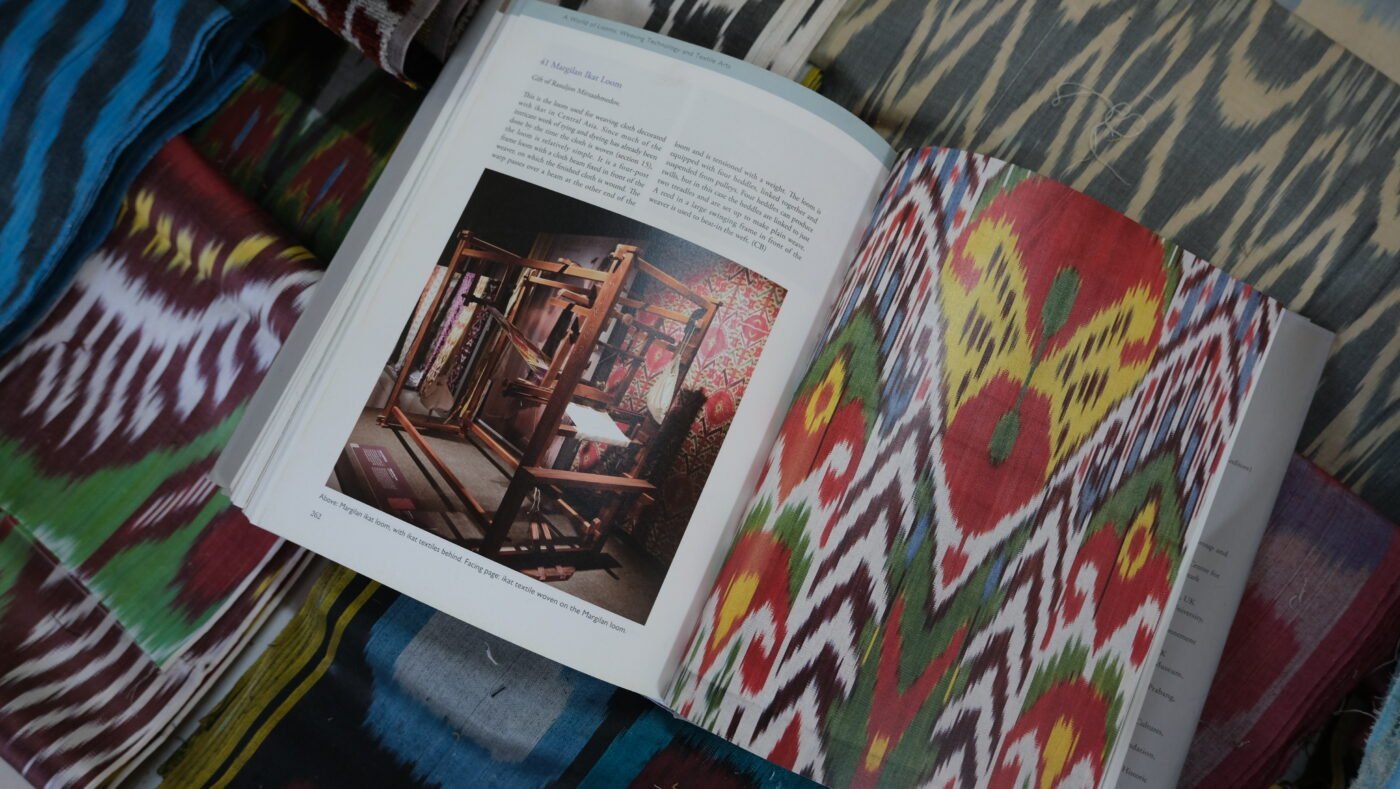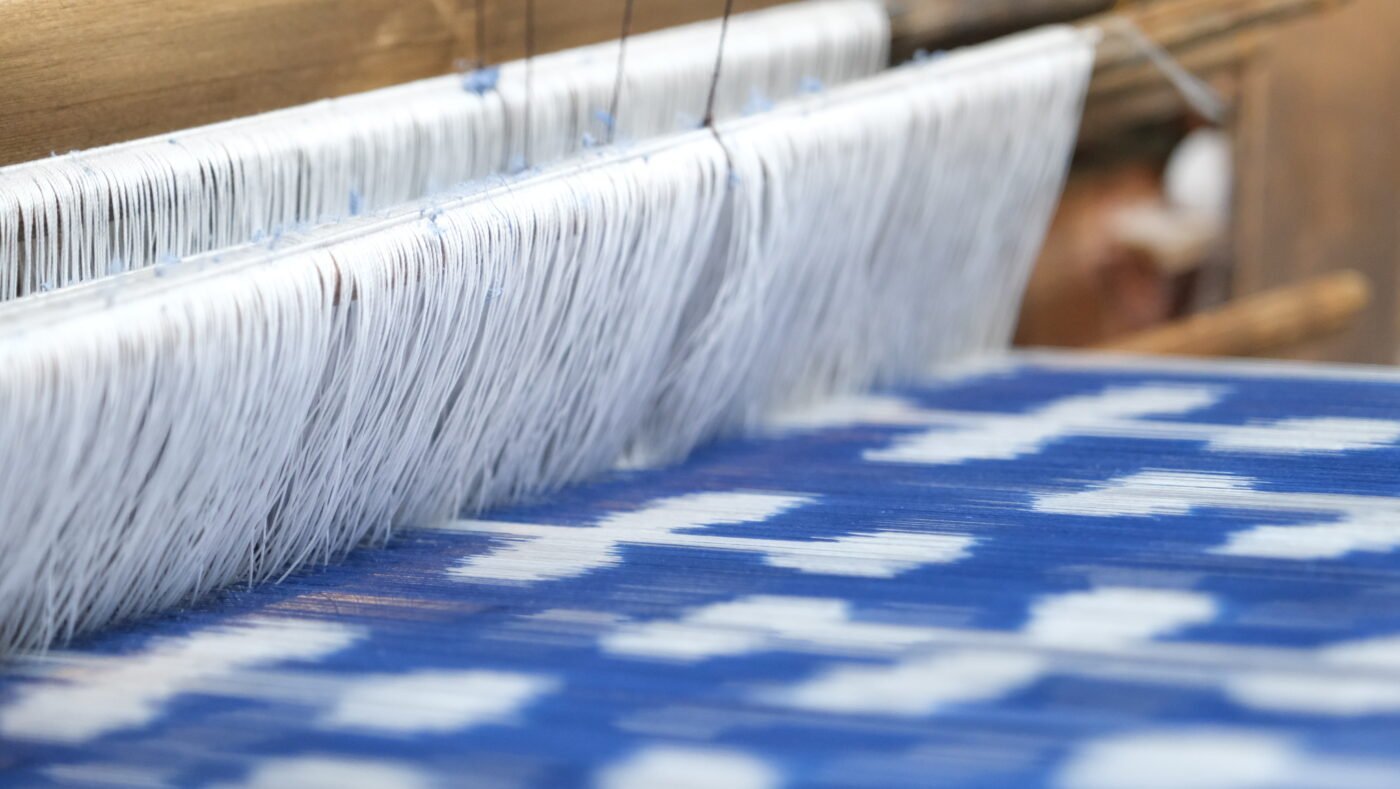A Tapestry of Cultures: Delving into the Rich Heritage of Ikat Fabrics in India and Uzbekistan
Ikat fabrics have a rich history and are renowned for their beauty and intricate designs. They are a testament to the mastery of traditional techniques that have been passed down through generations. Ikat fabrics are characterized by their vibrant colors and patterns, created by dyeing the threads before they are woven into the fabric. The resulting designs have a striking blurred effect, giving the fabric a unique and mesmerizing appeal. In this article, we will explore the history and cultural significance of Ikat fabrics in both India and Uzbekistan, and delve into the techniques used to create these stunning textiles.
History and Origin of Ikat Fabrics in India
The origin of Ikat fabrics in India can be traced back centuries. The art of Ikat weaving is believed to have originated in the state of Gujarat, where it was initially known as “patola.” The intricate designs and vibrant colors of Ikat fabrics quickly gained popularity, and the art form spread to other parts of the country. Different regions in India developed their own unique styles of Ikat, incorporating local motifs and patterns.

Traditional Techniques Used in Creating Indian Ikat
The creation of Indian Ikat involves a labor-intensive process that requires great skill and precision. The first step is to carefully design the pattern on graph paper, ensuring that the design aligns perfectly when woven. The threads are then carefully tied and dyed before they are woven into the fabric. The tying and dyeing process is repeated multiple times to achieve the desired pattern and color combination. The threads are then woven on a traditional handloom, where the pattern slowly emerges with each pass of the shuttle.
Variations of Ikat Fabrics in Different Regions of India
India is a land of diverse cultures, and this is reflected in the variations of Ikat fabrics found across the country. Each region has its own unique style and motifs. In Odisha, for example, the Ikat fabrics are known for their intricate geometrical patterns and vibrant colors. In Andhra Pradesh, the Ikat fabrics are characterized by their bold and vibrant designs, often featuring mythological figures and scenes. Gujarat, the birthplace of Ikat weaving in India, is known for its intricate patola designs, which are highly sought after.
Famous Indian Ikat Designs and Motifs
Indian Ikat fabrics are known for their exquisite designs and motifs. One of the most famous motifs found in Indian Ikat is the “bandhani” or “tie-dye” pattern. This pattern features small dots or circles created by tightly tying the threads before dyeing them. Another popular motif is the “jaal,” which is a grid-like pattern often used in sarees and dupattas. The “boota” or “buta” motif, which resembles a paisley, is also widely used in Indian Ikat fabrics.

Ikat Fabrics in Uzbekistan and Their Cultural Significance
Uzbekistan is another country that has a rich tradition of Ikat weaving. Ikat fabrics hold immense cultural significance in Uzbekistan and are an important part of the country’s heritage. The traditional technique of creating Uzbek Ikat involves tying and dyeing the threads before weaving them into the fabric. The resulting patterns are bold and vibrant, often featuring geometric designs and floral motifs. Ikat fabrics in Uzbekistan are used for various purposes, from clothing to home furnishings, and are highly valued for their beauty and craftsmanship.
The Art of Dyeing Uzbek Ikats
Dyeing the threads for Uzbek Ikat fabrics is a meticulous process that requires great skill and expertise. Natural dyes are commonly used to achieve the vibrant colors that are characteristic of Uzbek Ikat. The threads are carefully tied in specific patterns to create the desired design, and then immersed in vats of dye. The threads are dyed multiple times, with each dyeing session adding a layer of color to the fabric. The tied sections of the threads resist the dye, creating the distinctive blurred effect that is synonymous with Ikat fabrics.
Traditional Techniques Used in Creating Uzbek Ikat Patterns
The traditional technique used in creating Uzbek Ikat patterns is similar to that of Indian Ikat. The threads are first tied and dyed before being woven into the fabric. However, Uzbek Ikat fabrics often feature more intricate and complex patterns, with a greater emphasis on geometric designs. The threads are carefully tied using a resist dyeing technique, ensuring that the dye does not penetrate certain sections of the threads. The resulting patterns are symmetrical and visually striking, showcasing the skill and artistry of the weavers.
Comparison of Uzbek and Indian Ikat Fabrics
While both Uzbek and Indian Ikat fabrics share similarities in their creation process and use of vibrant colors, there are distinct differences between the two. Uzbek Ikat fabrics often feature bolder and more intricate patterns, while Indian Ikat fabrics are known for their vibrant colors and use of motifs. The cultural significance of Ikat fabrics also varies between the two countries, with Uzbek Ikat being deeply rooted in the country’s heritage and traditions. Both styles of Ikat are celebrated for their beauty and craftsmanship, showcasing the unique cultural heritage of each region.
Contemporary Uses and Adaptations of Ikat Fabrics
In recent years, Ikat fabrics have gained popularity not only in traditional clothing but also in contemporary fashion and home decor. Designers and fashion enthusiasts around the world have embraced the beauty and versatility of Ikat fabrics, incorporating them into modern designs. From dresses and scarves to upholstery and curtains, Ikat fabrics have found their way into various aspects of our lives. The adaptability of Ikat fabrics to different styles and trends is a testament to their timeless appeal and enduring popularity.
Conclusion: Celebrating the Beauty and Cultural Heritage of Ikat Fabrics
In conclusion, Ikat fabrics are a true testament to the rich cultural heritage of both India and Uzbekistan. The intricate designs, vibrant colors, and meticulous craftsmanship are a reflection of the deep-rooted traditions and artistic skills passed down through generations. Whether it is the Indian Ikat with its diverse regional variations or the bold and symmetrical patterns of Uzbek Ikat, these fabrics are a celebration of culture, creativity, and human ingenuity. As we continue to appreciate and embrace the beauty of Ikat fabrics, let us remember and honor the artisans who have dedicated their lives to preserving this ancient art form.
CTA: Explore the world of Ikat fabrics and experience the beauty of cultural heritage by adding a piece of Ikat to your wardrobe or home decor. Shop now and celebrate the timeless elegance of Ikat.

